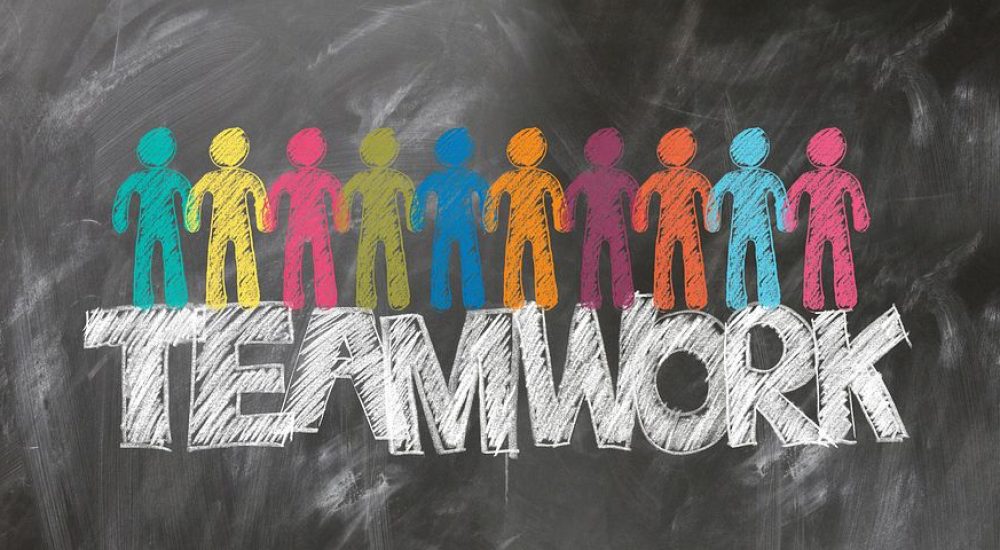Quick, name any movie you can think of about education.
Here are a few that immediately come to my mind: To Sir With Love…Stand and Deliver…Dangerous Minds…Dead Poets Society...Freedom Writers. As you made your list did you notice that they all tell a similar story – the story of a dedicated educator who essentially works alone, often against great odds, to reach out and inspire students?
The individual hero-teacher appears not just in movies, but also on television shows, in the news media, and even in professional development literature. It’s such a pervasive image that, as a culture, we’ve accepted it as the model for good education. It colors educators perspective about their work, and it’s reinforced by a system rife with boundaries – walls between classrooms; hierarchies between teachers, counselors, and administrators; and distinctions between in-school, after-school and other types of learning, to name a few.
But, is this go-it-alone mindset a good one?
As teachers, school administrators, counselors, and afterschool providers don’t we all want the same thing: to educate children and prepare them to succeed? Shouldn’t we be working together, sharing competencies and creating solutions that can increase our odds of reaching even the most hard to reach students?
After more than two decades in the field of education, I believe in teamwork.
Because I’ve seen what can happen when we do work together. Here’s one small example:
Several years ago, a middle school student named George (I made up this name) attended a Woodcraft Rangers Youth Leadership retreat. He was the star of the weekend. Unlike the other kids who traveled together in groups of two or three, George was the only representative to attend from his school. Surrounded by strangers, he behaved with confidence and easily earned the respect of the other students. He seemed like such a natural go-getter that I knew he was already on his way to a bright future.
Then one of my program staff told me that he was failing all of his classes, didn’t get along with his teachers, and there was little hope that he would graduate. It didn’t make sense, so we went to his school counselor and then talked with his teachers about our experience with him. As we suspected, they’d never seen the side of George that we had seen, but once they knew about it, they were willing to team together to tailor a curriculum that would engage his mind and encourage his natural abilities.
George settled down, became more interested in learning, and began raising his grades. He graduated from middle school on time, and successfully transitioned to high school. It took some work, but ultimately, by simply talking to one another, sharing responsibility and working as a team with a common purpose, we were literally able to change the path of this boy’s life.
As afterschool providers we are in an advantageous position.
Working outside the structure of the school day allows us to get know students like George in a personal way that can give us an understanding of the “human elements” that affect their lives and ability to learn. And, we are free us to initiate change because we aren’t tied to the same regulations that govern the school day.
If we act to share our knowledge and dare to take the lead, not just by assembling teams within our programs, but also by reaching out with intentionality to collaborate with teachers and other school day personnel, we can contribute to a new cooperative model for education and learning. If we break down the barriers, teachers will no longer be held to the nearly impossible standard of “heroism;” things we are already striving for, like seamless programming, will become more achievable; and we can all move beyond simply impacting test scores to helping kids in ways that better address their individual needs and encourage their true potential.
Breakfast for me was fruit!
Author: Cathie Mostovoy
Editor’s Note: This piece is a repost from February 2010. We believe it is just as relevant and important now as it was then. How will we break down the barriers to collaboration this year?
